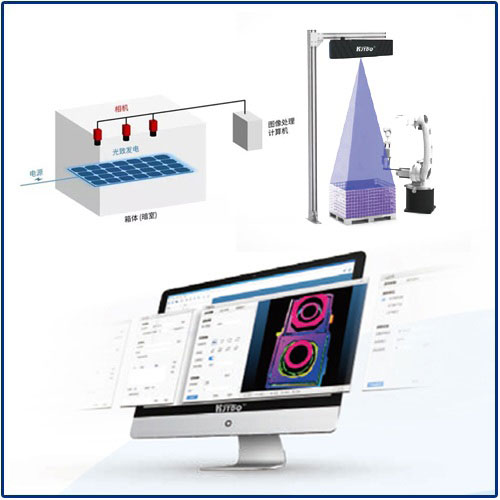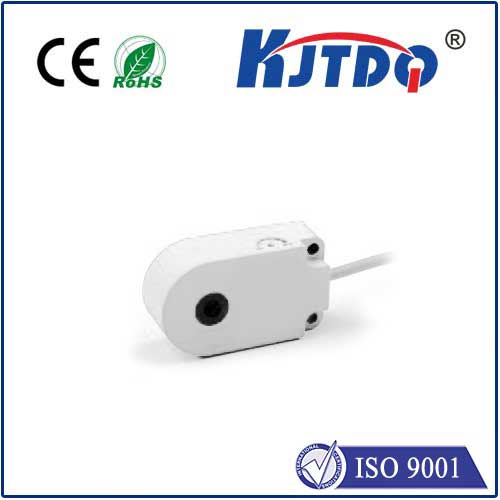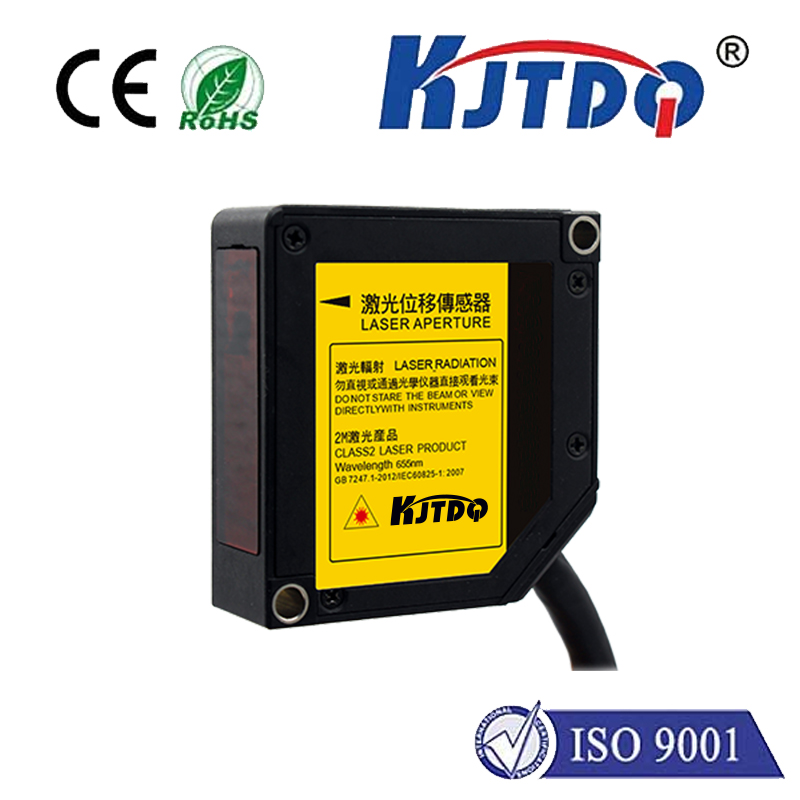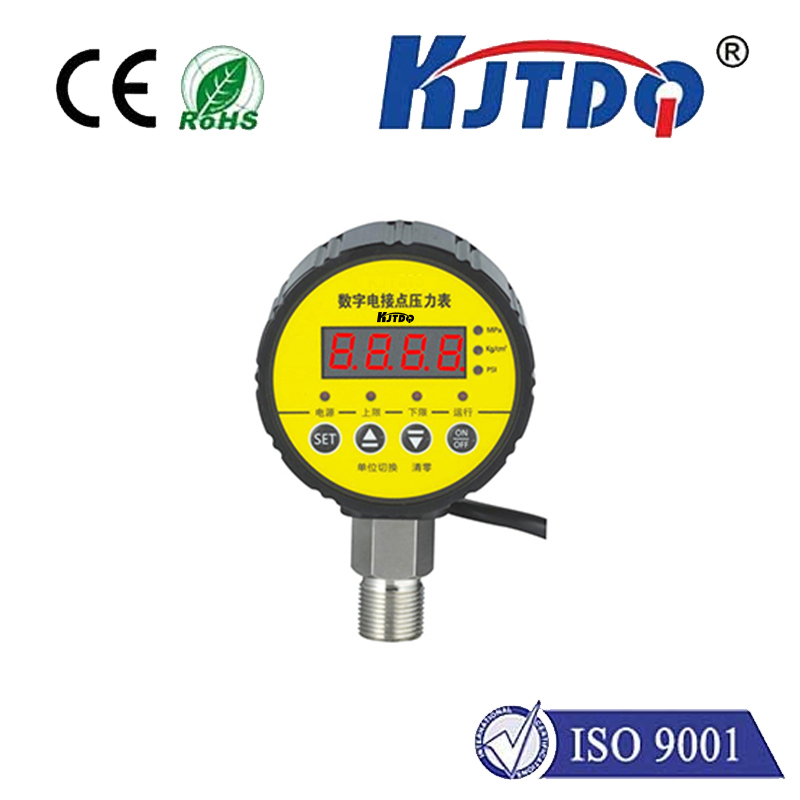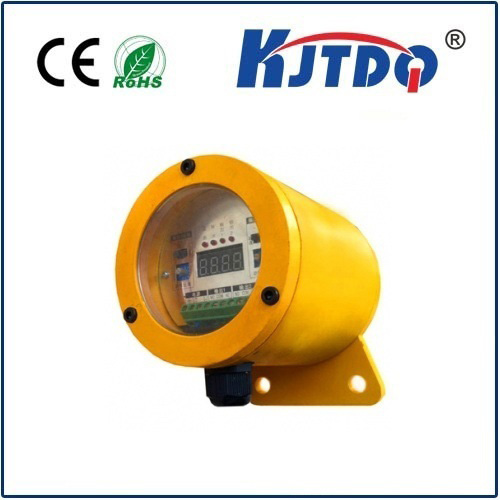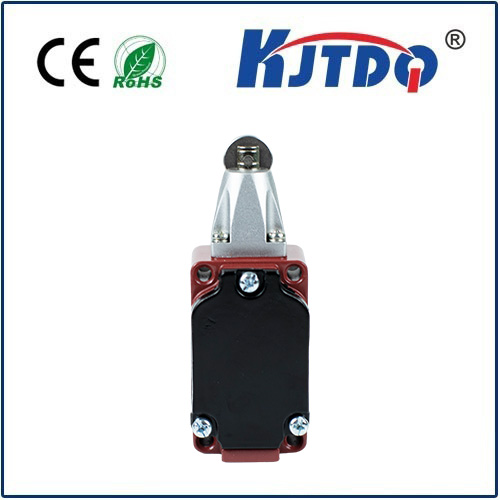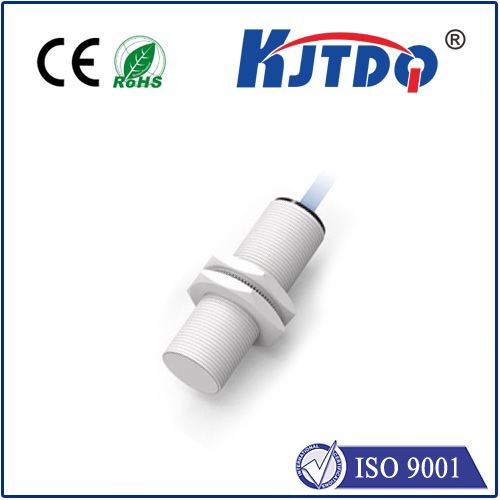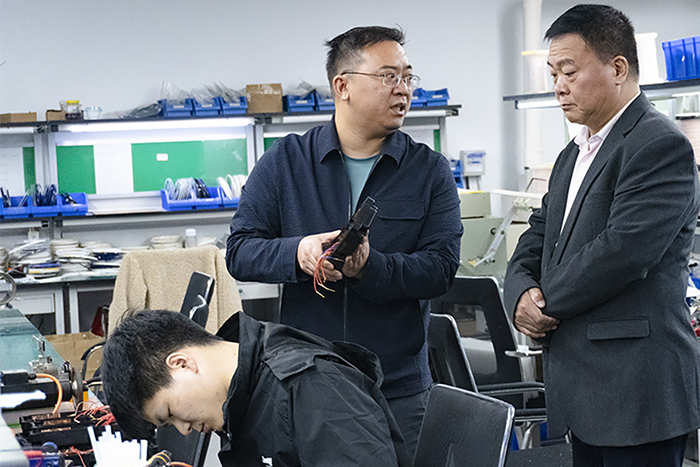
check

check

check
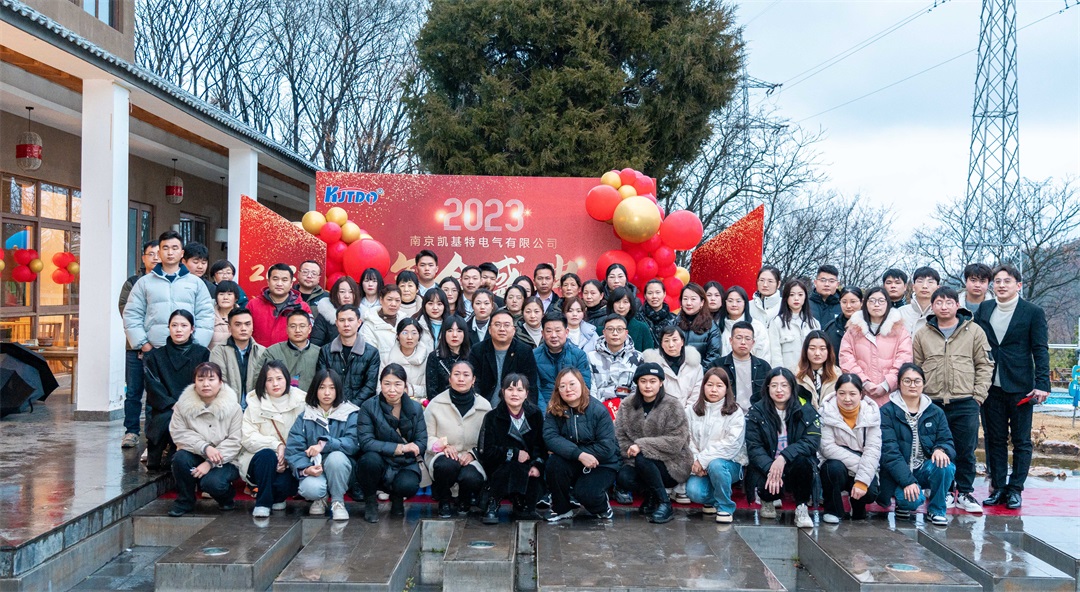
check
Panasonic Distance Sensors: Revolutionizing Precision Measurement in Modern Industries In an era where automation and smart technologies dominate industrial landscapes, the demand for accurate, reliable, and efficient distance measurement solutions has skyrocketed. Panasonic, a global leader in cutting-edge electronics, has positioned itself at the forefront of this revolution with its advanced distance sensor technology. From robotics to automotive safety systems, Panasonic’s sensors are redefining how industries measure, monitor, and optimize spatial data. But what makes these sensors indispensable in today’s tech-driven world? Let’s dive into their innovative design, diverse applications, and the unique advantages they bring to the table.

Panasonic distance sensors leverage a combination of infrared (IR) light, laser triangulation, and time-of-flight (ToF) principles to deliver unmatched precision. Unlike traditional mechanical measurement tools, these non-contact sensors eliminate wear and tear, ensuring longevity and consistent performance. For instance, the HG-C Series utilizes a high-speed CMOS camera and laser displacement to achieve micron-level accuracy, even in challenging environments with vibration or temperature fluctuations. What sets Panasonic apart is its proprietary algorithms that filter noise and compensate for surface variations. Whether detecting the position of a robotic arm on an assembly line or measuring the thickness of transparent materials like glass, these sensors adapt dynamically to deliver reliable data.
Selecting the ideal distance sensor depends on factors like range, resolution, and environmental conditions. For short-range applications (0–50 mm), laser triangulation sensors like the HL-G2 excel in precision. For long-range needs (up to 10 meters), ToF sensors such as the PM2-LH10 are ideal. Panasonic’s online configurator simplifies this process, allowing users to input parameters and receive tailored recommendations. Additionally, the brand’s extensive documentation and technical support ensure seamless integration into existing systems.
As industries embrace Industry 4.0 and IoT, Panasonic continues to innovate. Emerging technologies like AI-powered predictive maintenance and multi-sensor fusion are being integrated into their latest models. The FX-500 series, for instance, combines distance measurement with thermal imaging, opening new possibilities in smart infrastructure monitoring. With a commitment to R&D and cross-industry collaboration, Panasonic is poised to remain a leader in a market projected to grow at a CAGR of 9.2% through 2030 (Source: MarketsandMarkets). Whether optimizing supply chains or enhancing consumer gadgets, their sensors are shaping a future where precision and efficiency coexist seamlessly.


